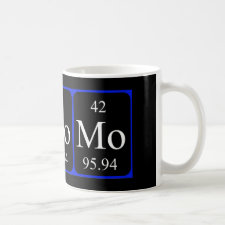
Authors: Taranekar P, Huang CY, Advincula RC
Article Title: Pinacolyl methyl phosphonate (PMP) detection by molecularly imprinted polymers (MIP): A labile covalent bonding approach.
Publication date: 2006
Journal: Polymer
Volume: 47
Issue: (19)
Page numbers: 6485-6490.
DOI: 10.1016/j.polymer.2006.07.025
Alternative URL: http://www.nanostructure.uh.edu/CV/PinacolylMethylPhosphonate_Prasad_Polymer2006_47_6485.pdf
Abstract: Molecularly imprinted polymers (MIP) have become increasingly important in the area of separation and detection. They are emerging tools for the design of structured porous materials having a precise arrangement of functional groups within pores of controlled size and shape. In the present study, covalent molecular imprinting was achieved by using styrene and di-acrylate monomers together with covalently tethered nerve agent (NA) analogs. Due to the nonpersistent nature of this class of nerve agents, the covalent attachment ensures the integrity of the analyte as opposed to a non-covalent approach where the decomposition products of pinacolyl methyl phosphonate (PMP) can lead to a variety of binding cavities based upon the nature of the decomposed products. The binding affinity of the imprinted polymers to the NA analogs, as studied by colorimetric methods, was found to be efficient and highly selective
Template and target information: Pinacolyl methyl phosphonate, PMP, nerve agent, NA
Author keywords: Pinacolyl methyl phosphonate, molecular imprinting, Covalent bonding



Join the Society for Molecular Imprinting

New items RSS feed
Sign-up for e-mail updates:
Choose between receiving an occasional newsletter or more frequent e-mail alerts.
Click here to go to the sign-up page.
Is your name elemental or peptidic? Enter your name and find out by clicking either of the buttons below!
Other products you may like:
 MIPdatabase
MIPdatabase









